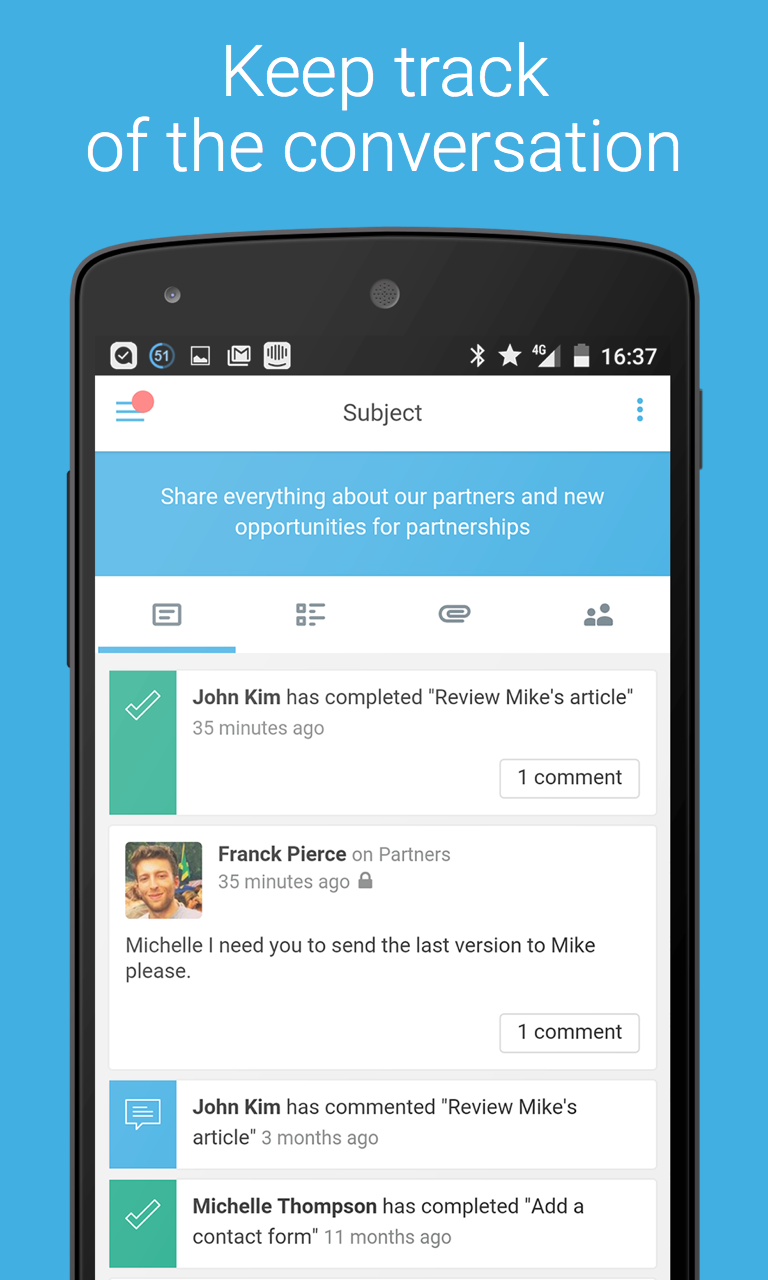

Finally, to avoid accidentally creating tags, you might want to select the “Escape involuntary tags” option. If you like your notes organized by when you last edited them, select the “Keep original creation and modification date” option.

Using hashtags, add a tag for each Notebook you’ll be importing.īefore you start the import process, there are a few options to look over. Before you start to import any notes, make a new note in Bear. Maintaining the folder structure from Evernote takes a little more work. enex file you exported in the above step. Go to File, select “Import Notes,” then locate the Evernote. If you simply exported all of you notes in one go, importing them into Bear is just as easy. Then repeat this for each notebook you want to migrate to Bear. Instead of going to All Notes, simply go to each notebook, select all notes in that notebook, and export as you would above. If you use Evernote’s folders and want to preserve that structure, that’s easy too.

If you don’t need much in the way of organization, you can just select “All Notes” in the left menu, then hit Command + A or choose “Select All” from the Edit menu, then go to the File menu and choose “Export Notes,” and choose where you want to save them. This is easy to do, but you need to make a decision first. Export your Evernote notesīefore importing them into Bear, you’ll need to get your notes out of Evernote. There are ways to work around both of these issues, which we’ll get to later. As with advanced formatting, the actual content will often survive the migration process, but it won’t be pretty. That’s a problem if much of your use of Evernote involves clipping pieces of information from the Web. These formatting issues also apply to clipped articles. This means carefully structured data can end up as a simple string of text. While the actual text will still make it into Bear, the formatting won’t. If you make use of Evernote’s more advanced formatting features like tables, you might have some work ahead of you. This means any PDFs, images, or even Word documents in your Evernote notes will make it into Bear. This includes bold and italic text, but also bulleted lists, numbered lists, and other formatting essentials.įile attachments – which weren’t always supported by Bear – now migrate effortlessly as well. Most formatting will flawlessly migrate from Evernote to Bear as well. If you’re like a lot of people, the vast majority of your notes are bits of text you jot down. Because of this, not every type of note will be a snap to migrate. Evernote is much more heavy duty, while Bear has a minimalist, text-first approach. While Bear, like Evernote and OneNote, is a note-taking app at its core, it takes a different approach. There are a few things you’ll need to watch out for, though.Īlso read: 10 of the Best Note-Taking Apps for iOS Before you get started Fortunately, switching from Evernote to Bear is a fairly straightforward process. Switching notes apps isn’t an easy decision, especially if you’ve got a lot of notes in another app.


 0 kommentar(er)
0 kommentar(er)
